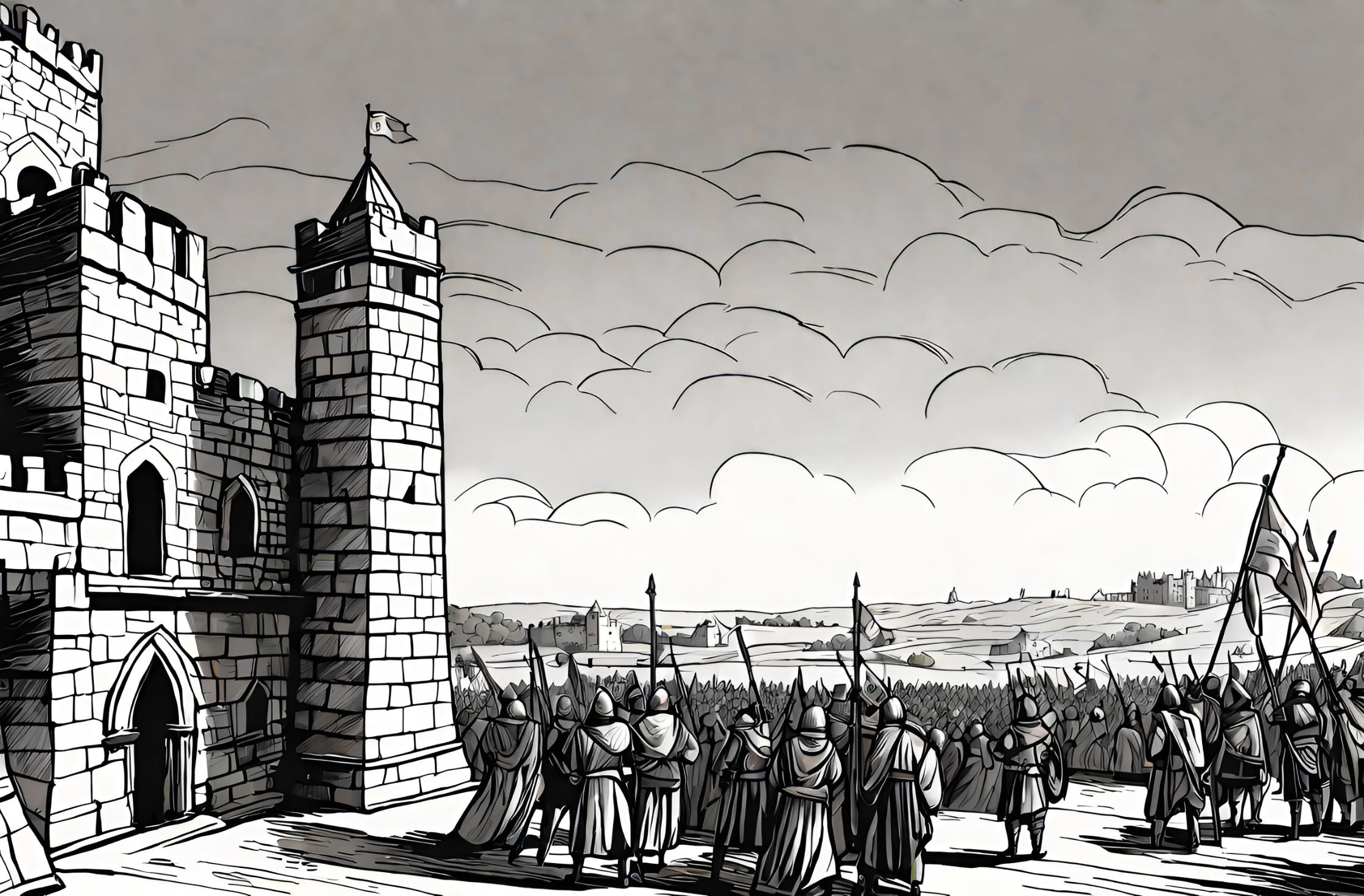Flashback to June 4
World History

The Siege of Acre occurred on April 6, 1291, marking a monumental point in history. This critical event, taking place during the last significant crusader stronghold in the Holy Land, is a renowned event in world history. The understanding of this event is more than just the knowledge of a medieval siege; it represents an intersection of cultures and religions, highlighting epic oppositions that characterized the era.
Beginning in 1096, the Crusades represented a conflict between Christianity and Islam, centered in the Middle East. Acre, a prominent city in modern-day Israel, became a significant stronghold for the crusaders. For more than a century, it served as the primary point of interaction and conflict between the Christian world of Western Europe and the Islamic world of the Middle East.
The era leading up to the Siege of Acre was characterized by frenzied preparation. Crusaders and Muslims alike recognized the significance of the stronghold, and intense military build-up ensued. During this time, the fortifications of Acre were beefed up, its city walls bolstered, and its naval presence strengthened. However, on April 6, 1291, all these preparations were put to the test.
The Mamluks, led by Sultan Al-Ashraf Khalil, began their siege, which would ultimately last more than six weeks. Despite Acre’s fortifications, Sultan Khalil executed a strategic siege that surrounded the city, cutting off critical supply lines. The city’s inhabitants faced dwindling resources, making the situation increasingly dire with each day.
One of the significant aspects of the Siege of Acre is not the siege itself, but the role of the Knights Templar. This legendary order of Christian monks who dedicated their lives to warfare made their final stand during this siege. Their heroic defense of their faith and their stronghold, although ultimately unsuccessful, went on to be dramatized and romanticized in popular culture for centuries to come.
Indeed, the Siege of Acre did not end well for the Crusaders. Historians recorded thousands of casualties and severe damage to the city. The event culminated in an undeniable victory for the Mamluks. The fall of Acre delivered more than just a military defeat to the Crusaders; it signaled the end of the principal Crusader presence in the Holy Land.
After a siege lasting a little over a month, on May 18, 1291, the city succumbed to the Mamluk forces. The final destruction and flood of the Templar’s last bastion of defense symbolized the downfall of the Christian presence in the region.
The impact of the Siege of Acre continues to reverberate in our collective history today. The event changed the religious and political landscapes in the Middle-East, shaping the region in ways that persist even in contemporary times. Since the Siege of Acre, the Holy Land has seen numerous changes in ruling powers, from the Mamluks to the Ottomans, and later the British.
the Siege of Acre on April 6, 1291, was more than a battle fought long ago. It was the epic climax in the struggle between Christians and Muslims in the Holy Land during the Crusades, shaping the course of history. The echoes of this encounter continue to shape events today, making the Siege of Acre a salient incident in world history.
We strive for accuracy. If you see something that doesn't look right, click here to contact us!
Sponsored Content

World War II: Rome…
On June 4, 1944,…

Tonga gains independence from…
On 6/4/1970, Tonga celebrated…

LTon Blum becomes Prime…
On June 4, 1936,…

In Southern Sumatra, Indonesia,…
On June 4, 2000,…

German forces enter Paris,…
On June 4, 1940,…

World War II: Dunkirk…
On June 4, 1940,…

